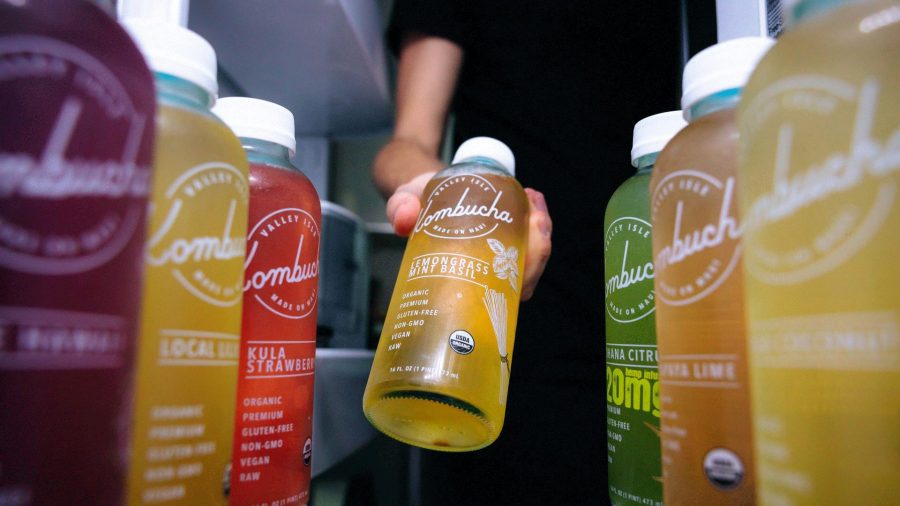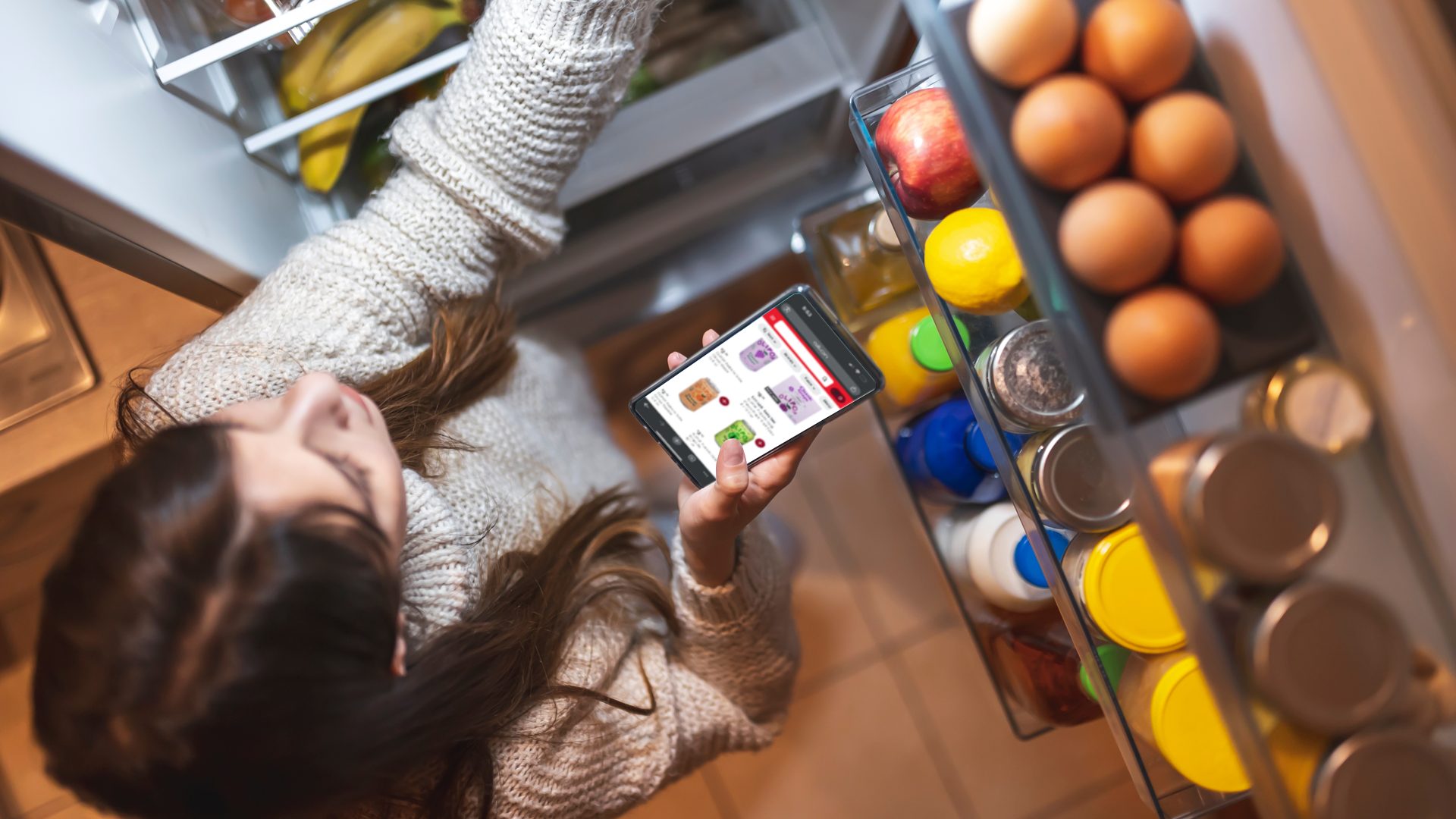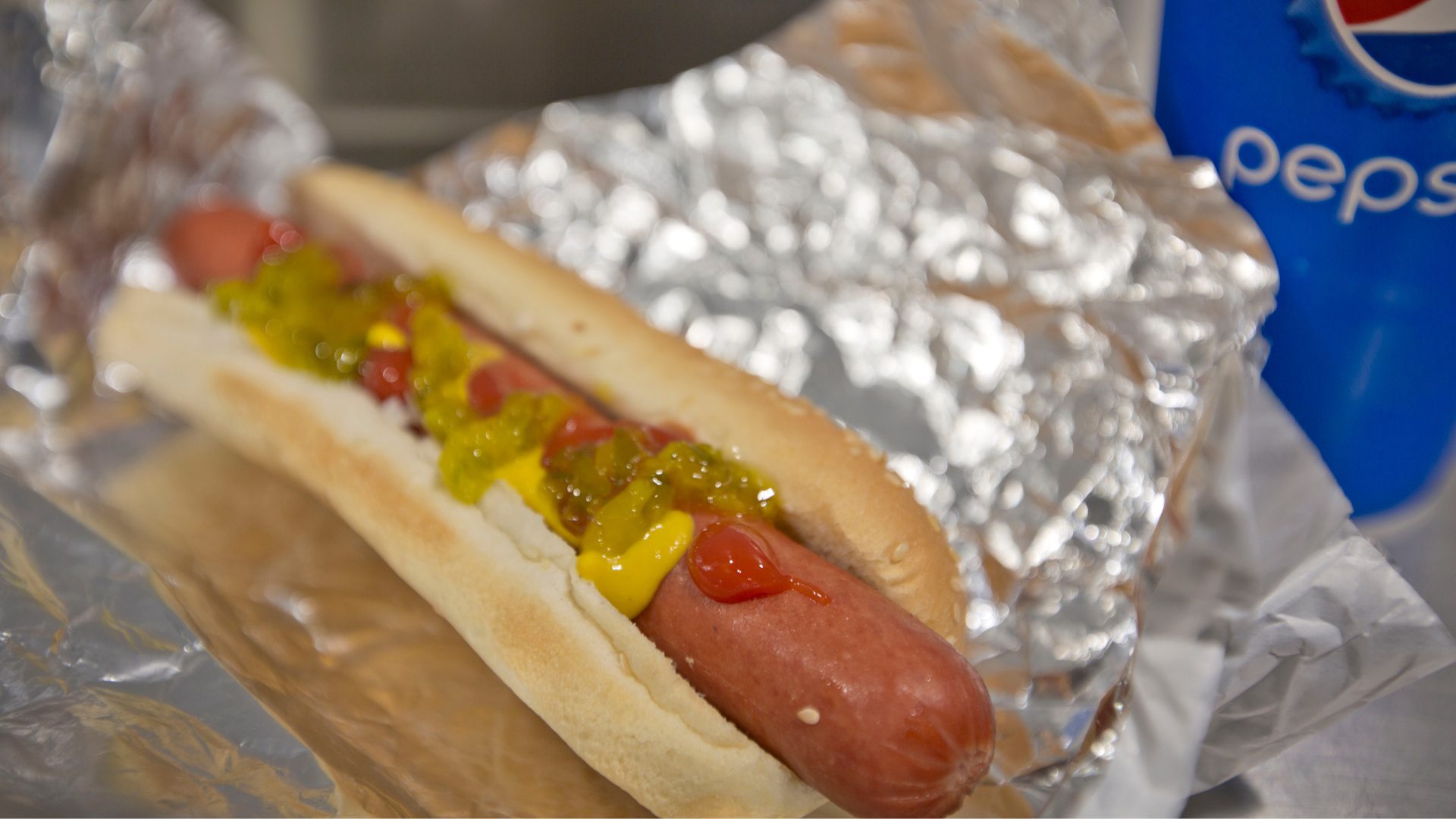Amid the growth of the “better for you” beverage category, one drink in particular has experienced massive gains.
The kombucha category grew from $1 million in sales in 2014 to $1.8 billion in sales in 2019, with the total number of brands increasing by about 30% a year annually for the last several years, according to the trade group Kombucha Brewers International (MarketWatch Magazine).
The rising popularity of kombucha can be attributed to a more health-conscious population as well its fizzy taste and unique flavor, as consumers shift away from carbonated soft drinks.
What is it?
The drink has roots in China, Russia, and Eastern Europe and is commonly made by fermenting sugared tea with a symbiotic culture of bacteria and yeast (SCOBY) creating a probiotic concoction that’s often enhanced with spices, fruits, or herbal additives. Many consumers believe kombucha has a broad range of health benefits, from relieving arthritis and diabetes to improving digestive health and treating chronic illnesses, although limited scientific evidence supports these claims.
Primarily sold in supermarkets and health food stores, kombucha appeals in particular to experiential Millennials who align with its range of interesting flavors.
It has especially picked up steam at convenience stores in major cities, particularly on the West Coast, as consumers continue to seek healthier options to traditional soft drinks. Some convenience stores also offer kombucha on tap.
For example, Denver-based Choice Markets features 40 different SKUs of bottled kombucha in the cold vault, and in addition it features kombucha on tap. Portland-based Green Zebra Grocery, which is known as a health-focused convenience store, was one of the first to feature on-tap kombucha. Now, the trend toward kombucha has gone mainstream. In December 2020, 7-Eleven announced it was rolling out KÖE Kombucha in a range of flavors to 1,300-plus locations in Southern California. (CStore Decisions, March, 2021)
Market Drivers and Outlook
Looking ahead, the market is projected to reach $7 billion by 2027 growing at a CAGR of 19.5%.
In addition to continued growth as a functional beverage, another goal for producers is increasing kombucha’s presence in bars and restaurants, particularly amid the rise in alternative alcoholic and non-alcoholic beverages. “Hard” kombucha offerings continue to gain steam as well as kombucha’s use as an ingredient in cocktails.
The market will also be supported by innovations in fermentation and bottling that will improve production efficiencies.










